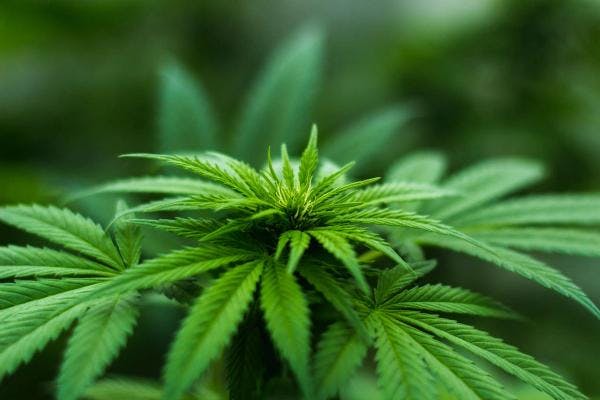Michael Fischer - Pexels
Cannabis in India: Does the law need to catch up with reality?
Himachal Pradesh is not the first state to consider this: in 2018, Uttarakhand became the first State in India to legalise the cultivation of cannabis for industrial and scientific purposes. Controlled cultivation has also been allowed in parts of other States including UP and Madhya Pradesh. Cannabis, marijuana or ganja as it is commonly known, has a centuries-old history in India. It has grown wild abundantly, has been cultivated, consumed and parts of this versatile plant have been used for various purposes. In 1985 however, the Narcotic Drugs and Psychotropic Substances Act or the NDPS Act banned the use of the resin, flowering and fruit tops of the plant.
Cannabis is made up of more than 120 components. Researchers now know a lot about two of them, cannabidiol (CBD) and tetrahydrocannabinol (THC). THC is a psychoactive substance, while CBD is not.
Over the years, countries across the world have begun relaxing their stance on the use of cannabis, for recreation, and exploring the many uses that its extracts can have in both the industrial and significantly, in the medical field. Research has shown that cannabidiol or CBD can help treat childhood epilepsy syndromes that don’t respond to anti-seizure medicine, and may also help with anxiety, insomnia and chronic pain.
In India too, there is now a growing industry for hemp products and cannabidiol or CBD: in just 3 years at least 50 new startups are reported to have come up in the country.
So how does Indian law regulate cannabis? Do the laws need to be eased for medical and industrial uses? Should the recreational use of cannabis be allowed or will legalisation increase the drug abuse burden in India?
